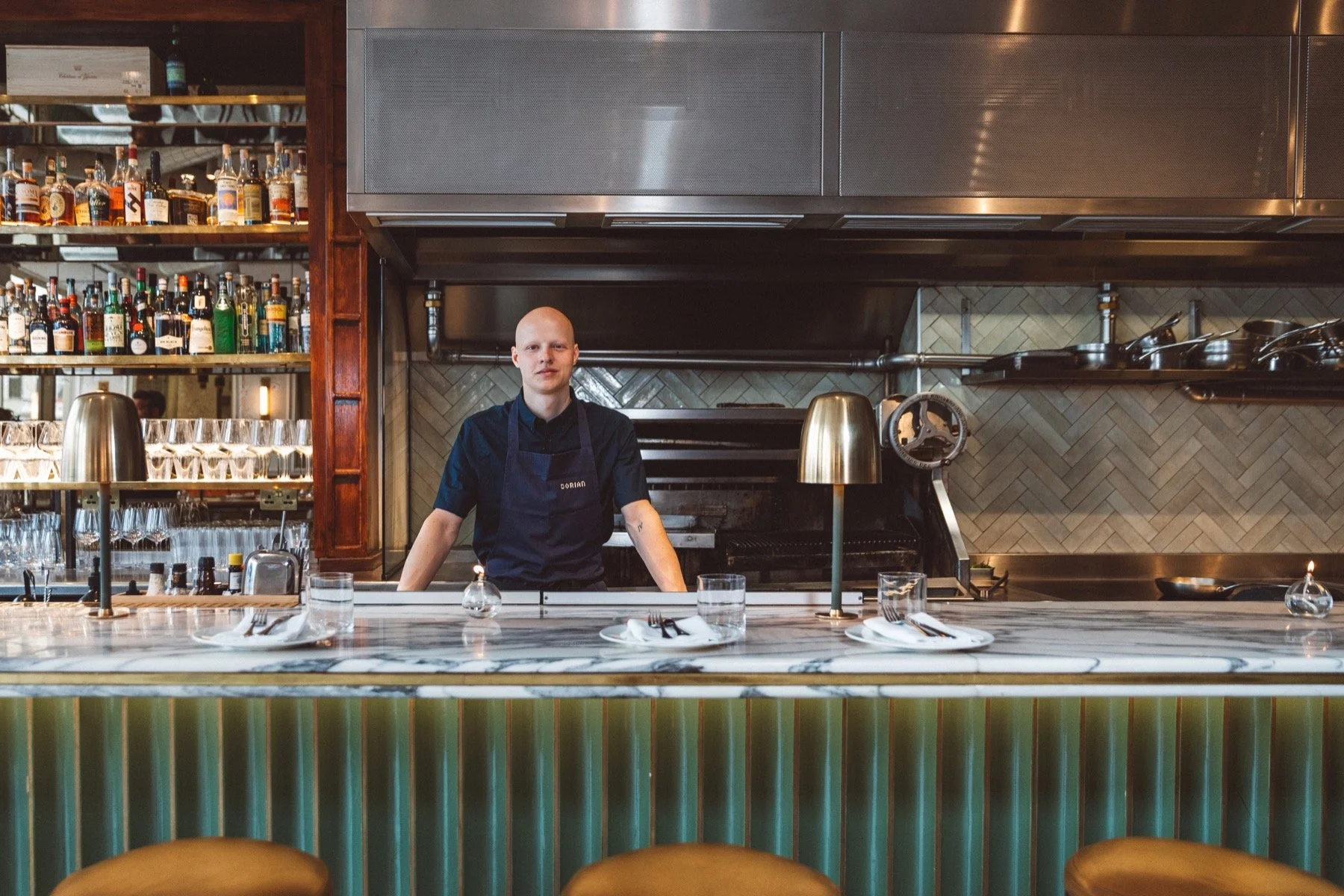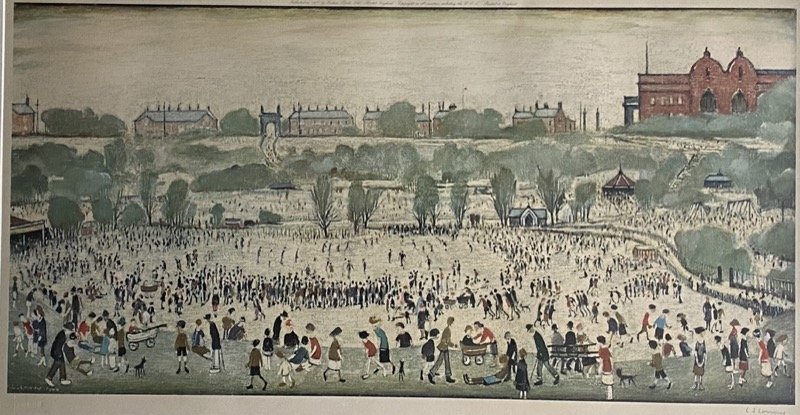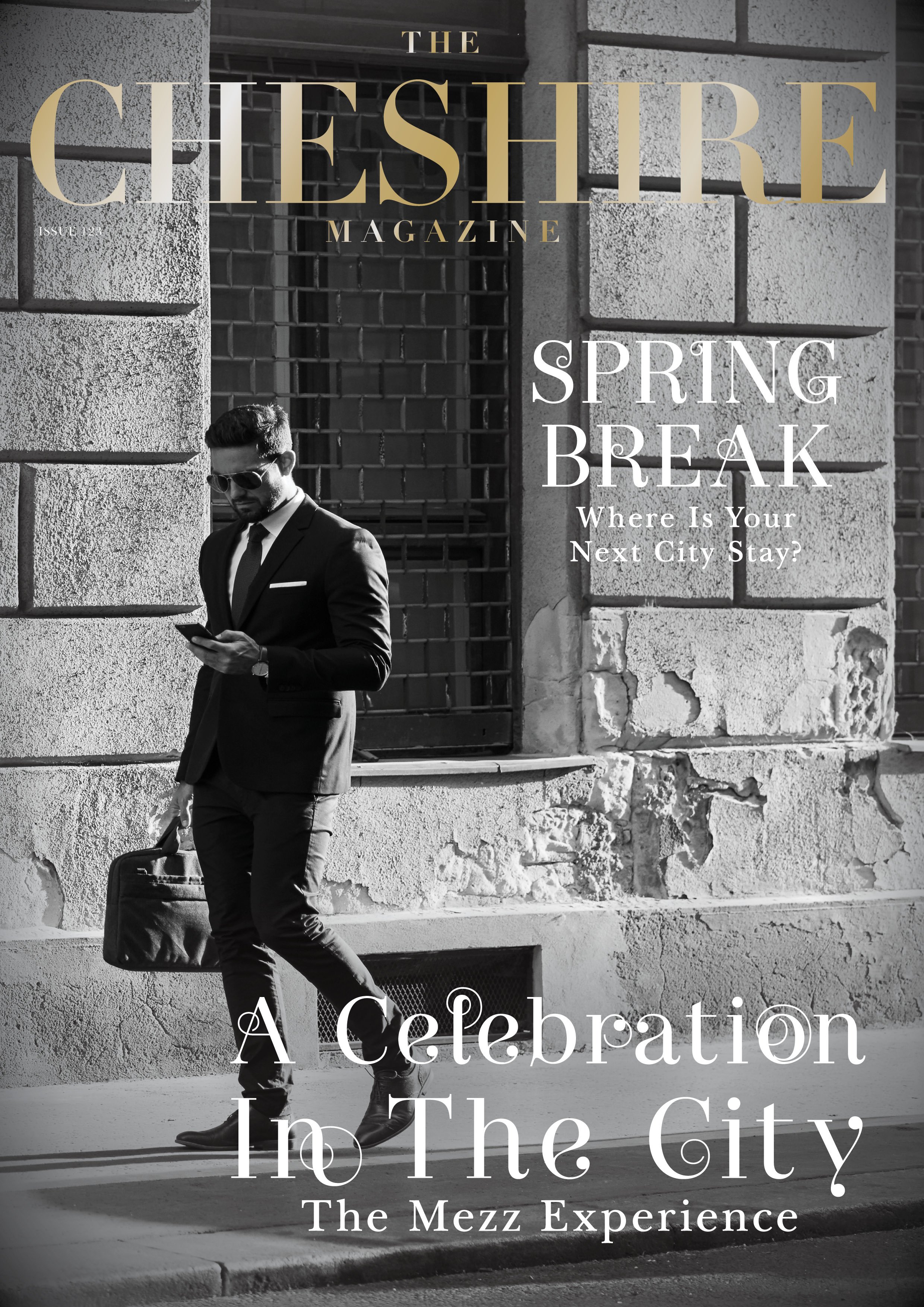Buying Art at Auctions
Martin Heaps, Founder and Owner of Collect Art shares his top tips for those interested in taking their first steps into an auction room to secure a piece of fine art, a limited edition print or even a beautiful sculpture
Buying at auction is a great experience and can be good fun. Getting to know how to bid is the first step.
Bidding & Avoiding ‘Auction Fever’
You will need to register with the auction house a few days before the sale. They will then give you a bidder number and if you plan to turn up in person, they will also give you a card with your bidder number on.
If you’re going to bid via the telephone, however, they will already have your bidding number to hand. The other method these days is to register for online bidding. If online bidding, be very aware that some auction houses use www.thesaleroom.com, if you bid through them, you will be charged a further 4% on of the final price.
The auction house will also charge their fees which can be anything from 20% - 35% plus online fees, if they don’t have their own platform. Other charges on art are artist resale (royalty) rights, which starts from 4% to 0.25% on a sliding scale.
How are resale royalties calculated? The artist’s royalty depends on the hammer price (sale price without any VAT or Buyer’s Premium). The higher the sale price of the artwork, the lower the overall royalty rate. The royalty is worked out according to a sliding scale from 4% to 0.25%.
Once you have decided how to bid you will need to register with the auction house. You will need Photo ID and proof of address. New regulations mean it’s pretty much the same ID as when buying a property that your solicitor will ask for.
When bidding, I always suggest doing your research beforehand, finding out what the average retail price is for the item you’re bidding on. I see it all the time when two bidders get carried away for the same painting, and ‘auction fever’ sets in. This is all well and good but sometimes you can pay way too much at auction and also remember the extra fees onto of what you pay.
For example, if an auction house changes 30% (which is the average fee) and the painting you have secured is £5,000, and you bid online, you will pay £1,500 in auctions charges, £200 in ARR and another £200 in online fees, so the numbers soon grow, with a total of around £7,000 from your original £5,000 bid. So you really do need to have a maximum bid. I normally do this and say plus one, which means I only go one more bid over my maximum.
That said, my gallery has a strong specialism in retailing and exhibiting Geoffrey Key works, for which we retail more pieces than any other gallery. As such, we have been known to pay more at auction than what would be the retail price for his paintings if we are keen to acquire a certain piece to either display at the gallery or on behalf of a client.
Also consider collection of your art, as when you bid over the phone or online you will need to collect the item normally within 3-5 days before you will incur storage charges. Shipping costs can mount up - I use a company collection Aardvark Art Services, a collection in the UK is normally around £110.00 which is really reasonable.
Determining the Condition
Try to either visit the auction house to see the item or ask for the ‘condition report’, either or both is a must do. As with buying a car at auction, sometimes people place things in auction to move on, which could mean that the item has been damaged. Condition reports should cover key considerations such as any damage or restoration that has occurred, as well as the provenance and age.
I wouldn’t recommend any purchase without doing the due diligence and ensuring you seek expert knowledge. This can be easily demonstrated by looking at LS Lowry prints which are surging in popularity. To illustrate, the highly esteemed Britain at Play is a multi-coloured print that takes on a blue tint, (rather than turn a deeper yellow hue, therefore could easily deceive an inexperienced collector who may be looking out for yellowing as a sign of ageing). This print in perfect condition would retail around £8,000 - £10,000, however, a version left to fade in bright light, and therefore turning blue could render the print virtually worthless or at best, possibly a tenth of its value.
For more information about Collect Art, or for more advice from Martin on buying at an auction, please visit
Hungry for more?
Read up on the latest news, delicious eats, travel treats and seasonal style trends in FEATURES, or browse a curated selection of our FEATURED PRODUCTS, meander through our guide to the finest things to do in Cheshire and beyond in WHATS ON or partake in our COMPETITIONS.
About The CHESHIRE Magazine
We are the definitive guide to luxury lifestyle in the North West. Latest news, delicious eats, travel treats and seasonal style trends. The Cheshire Magazine is the largest luxury lifestyle title for the North West of England, dropping directly through the letterboxes of VIP subscribers from the Wirral to Greater Manchester plus all the villages and towns in between and digitally available as a subscription in print and digital on issuu.com worldwide. We specialise in connecting luxury brands to likeminded consumers.
If you are interested on how you can partner with The CHESHIRE Magazine, read more about us. Or get in touch to find out more about marketing, featuring or partnering with the Cheshire Magazine in print or online.













